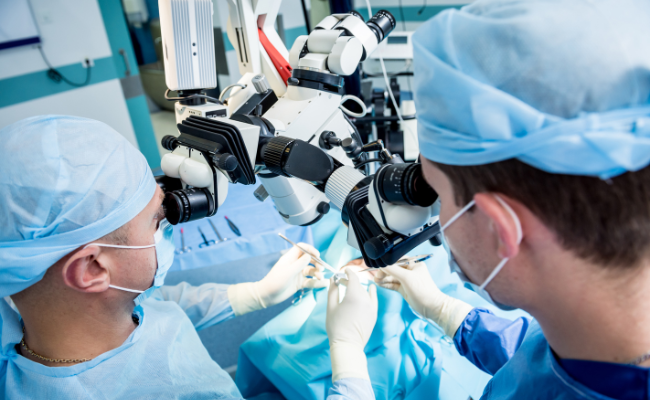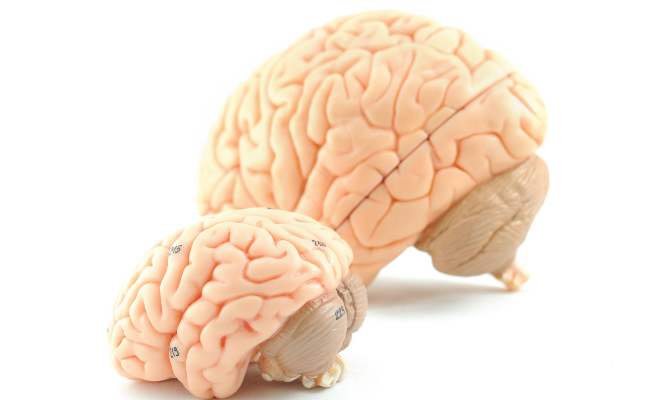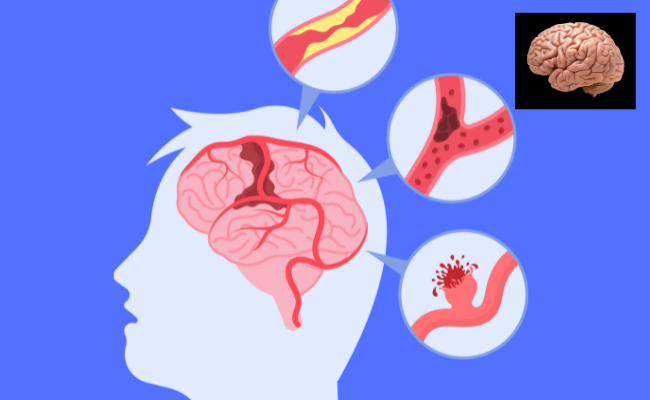How to Treat Craniosynostosis?
- January 29, 2024
- No Comments
What is Craniosynostosis?
Craniosynostosis, a congenital condition, involves the premature fusion of sutures in an infant's skull, disrupting the natural growth process. The human skull, composed of multiple bones connected by sutures, relies on these joints to remain flexible and accommodate the expanding brain during infancy. When craniosynostosis occurs, these sutures close too early, restricting the skull's expansion and potentially affecting brain development.
Typically, a newborn's skull has sutures that allow for growth until around the age of 2. In cases of craniosynostosis, one or more sutures harden prematurely, closing before the child reaches this age. This disruption can lead to complications in skull development, emphasizing the importance of early identification and intervention to address the condition's impact on the growing infant's skull and brain.
Why Does Craniosynostosis Occur?
- The precise etiology of craniosynostosis is not always clear, but it is believed to result from a combination of genetic and environmental factors. Genetic mutations can play a significant role, with certain genes influencing the timing of suture closure. Additionally, craniosynostosis may be associated with various syndromes, such as Apert syndrome or Crouzon syndrome, highlighting the genetic component of the condition.
- Environmental factors during pregnancy may also contribute to the development of craniosynostosis. Maternal smoking, exposure to certain medications, and other environmental influences have been suggested as potential risk factors. The interplay between genetic predisposition and environmental influences underscores the complexity of this condition.
How is Craniosynostosis Diagnosed?
- Craniosynostosis is often diagnosed shortly after birth or during infancy. Pediatricians and specialists conduct a physical examination, closely observing the baby's head shape and feeling for abnormalities in the skull. In some cases, a three-dimensional imaging study, such as X-rays or CT scans, is employed to confirm the diagnosis and assess the extent of suture fusion.
- Identifying craniosynostosis early is crucial for determining the appropriate course of action and preventing potential complications. Timely diagnosis allows medical professionals to tailor treatment plans based on the severity of the condition and the specific sutures affected.
Treatment Solutions for Craniosynostosis
- Surgery: The primary and most common treatment for craniosynostosis is surgical intervention. The objective of surgery is to release the fused sutures, enabling normal skull and brain growth. The timing of the surgery varies based on factors such as the severity of the condition, the specific sutures involved, and the overall health of the infant.
- Endoscopic Surgery: Endoscopic surgery has emerged as a less invasive option for treating craniosynostosis. This approach involves making small incisions through which an endoscope is inserted to visualize and release the fused sutures. Compared to traditional open surgery, endoscopic procedures often result in smaller scars and a faster recovery.
- Open Surgery: Traditional open surgery remains a viable option for cases with significant cranial deformities. In open surgery, larger incisions are made to access and release the fused sutures. Although it may entail a longer recovery period and more visible scars, open surgery is sometimes necessary for complex cases.
- Helmet Therapy: In certain instances, especially when craniosynostosis is mild or detected early, helmet therapy may be recommended. Custom-made helmets are designed to apply gentle pressure to specific areas of the baby's head, encouraging normal skull growth. While not a direct treatment for suture fusion, helmet therapy can be effective in reshaping the skull when initiated early.
Benefits of Treating Craniosynostosis
- Normal Skull Growth: The primary and most fundamental benefit of treating craniosynostosis is the restoration of normal skull growth. Surgical intervention ensures that the skull can expand appropriately, accommodating the growing brain and reducing the risk of developmental delays.
- Improved Facial Appearance: Craniosynostosis can lead to abnormal head shapes and facial features, impacting a child's appearance. Surgical correction not only facilitates proper skull growth but also restores a more natural facial appearance. This can positively influence the child's self-esteem and social interactions as they mature.
- Prevention of Complications: Timely treatment is crucial for preventing potential complications associated with craniosynostosis. As the skull accommodates the growing brain, untreated cases can result in increased intracranial pressure, vision problems, and developmental delays. Addressing these concerns early on contributes to minimizing long-term health risks.
- Enhanced Quality of Life: Beyond the physical benefits, treating craniosynostosis contributes to an improved quality of life for affected children. Resolving skull deformities positively impacts the child's physical and psychological well-being, fostering a sense of normalcy and enabling them to thrive as they reach developmental milestones.










Comments (0)
No comments yet